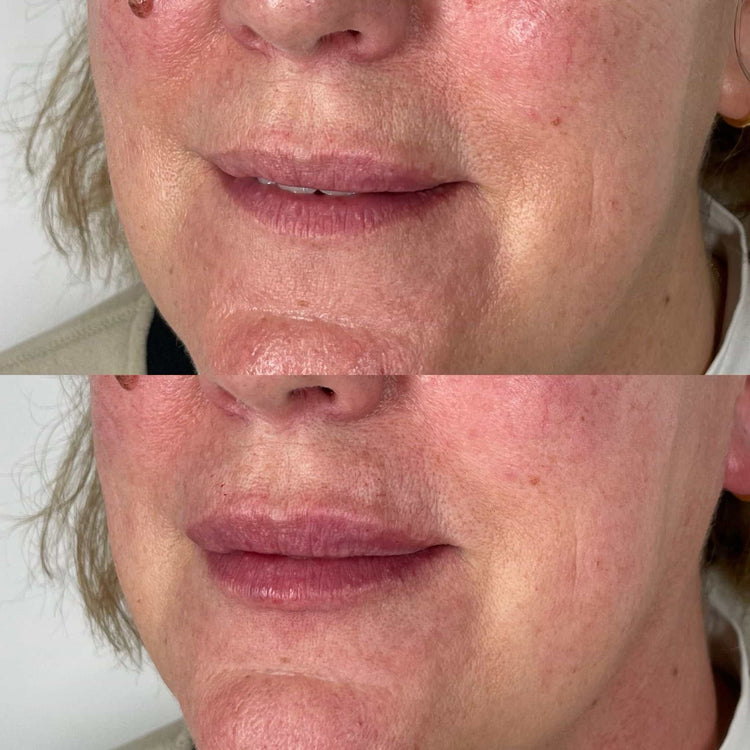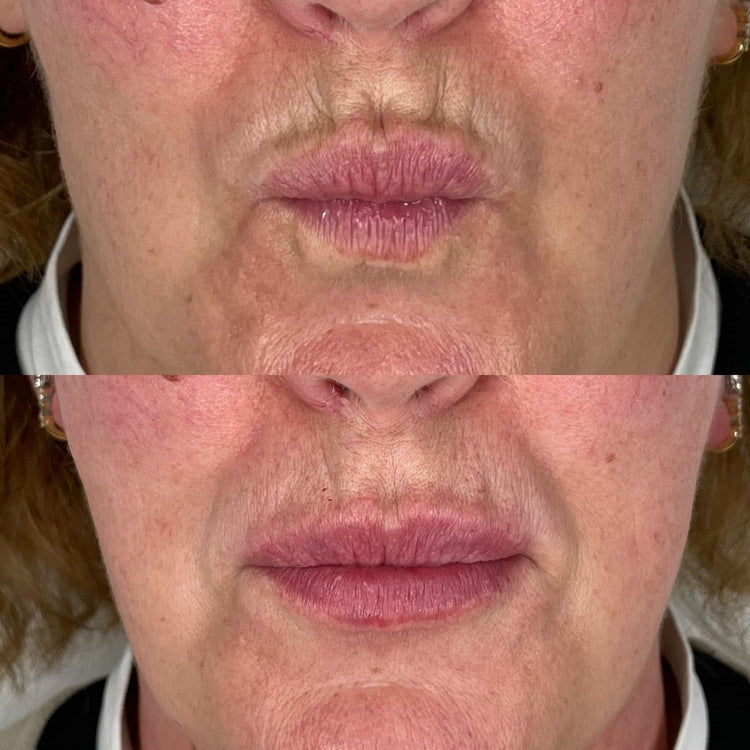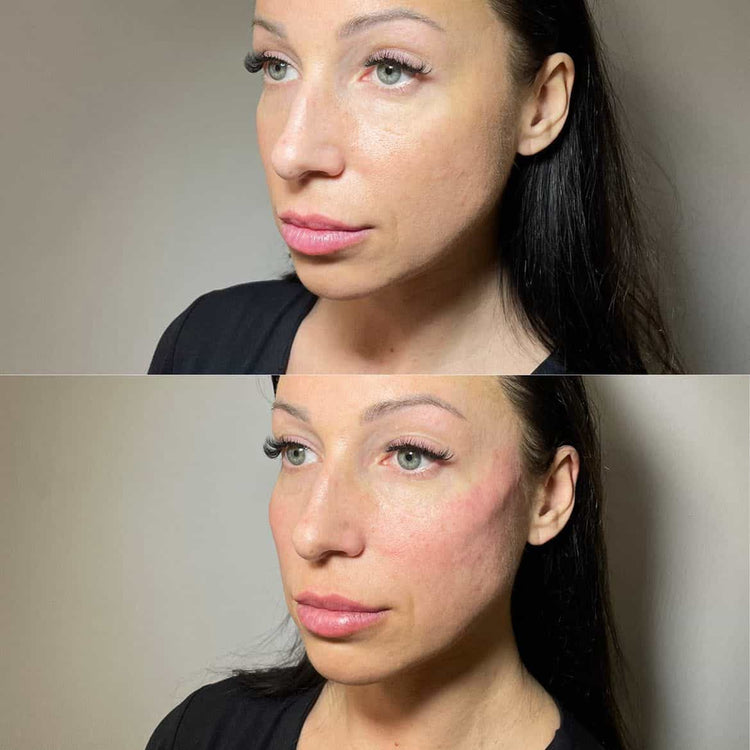Potential Complications
While dermal fillers offer a minimally invasive option for subtle nose reshaping, it’s essential to understand the potential complications associated with this procedure.
Injection Site Reactions
Like any medical procedure, dermal filler injections for nose reshaping carry potential risks and complications. It’s crucial to discuss these with your provider before undergoing the treatment.
- Injection Site Reactions
- Lumps or bumps at the injection site
- Redness, swelling, and tenderness
- Bruising
- Itching
Asymmetry and Irregularity
Potential complications can arise due to asymmetry and irregularity in the filler placement. Uneven distribution of the filler can lead to a crooked or asymmetrical appearance, where one side of the nose appears larger or more prominent than the other. Irregularities in the filler’s contouring may result in lumps, bumps, or undulations on the surface of the nose.
Lumps and Nodules
Potential complications can arise due to asymmetry and irregularity in the filler placement. Uneven distribution of the filler can lead to a crooked or asymmetrical appearance, where one side of the nose appears larger or more prominent than the other. Irregularities in the filler’s contouring may result in lumps, bumps, or undulations on the surface of the nose.
- Asymmetry
- Lumps
- Bumps
- Undulations

Allergic Reactions
Allergic reactions to dermal fillers are possible, although they are relatively rare. Symptoms of an allergic reaction can range from mild (redness, itching, swelling) to severe (difficulty breathing, anaphylaxis). It’s crucial to inform your provider about any allergies you have before the procedure.

In some cases, the body may react to the filler material and form granulomas, which are small lumps under the skin. Granulomas can be tender and visible, and they may require additional treatment to remove them.
Long-Term Risks

Long-term risks associated with dermal fillers for nose reshaping can occur even after the initial procedure has settled. These risks can manifest as persistent asymmetry, subtle changes in contour over time, or the development of granulomas due to the body’s reaction to the filler material.
Filler Migration
One long-term risk is filler migration. This occurs when the injected filler moves from its intended location to other areas of the nose or face.
Filler migration can lead to an unnatural appearance, with the filler accumulating in unexpected places and creating lumps or bumps.
The likelihood of filler migration depends on factors such as the type of filler used, the injection technique, and individual patient characteristics.
Vascular Occlusion
Long-term risks associated with dermal fillers for nose reshaping can include persistent asymmetry, subtle changes in contour over time, or the development of granulomas due to the body’s reaction to the filler material. One major concern is vascular occlusion, a serious complication that occurs when blood vessels are blocked by the filler.
Vascular occlusion can lead to tissue death (necrosis) in the affected area if blood flow is not restored promptly. This risk is particularly heightened when fillers are injected near sensitive areas like the nasal septum or tip, where blood vessels are densely packed.
Prompt recognition and treatment are crucial in cases of suspected vascular occlusion.
Other Considerations
While dermal fillers offer a minimally invasive option for subtle nose reshaping, it’s essential to understand the potential complications associated with this procedure. Like any medical procedure, dermal filler injections for nose reshaping carry potential risks and complications. It’s crucial to discuss these with your provider before undergoing the treatment.
Infection
Other considerations include infection. Although rare, it is a potential risk with any invasive procedure. Proper sterilization techniques and hygiene practices are essential to minimize this risk. If you experience signs of infection after the procedure, such as redness, swelling, warmth, or pus, seek medical attention immediately.
Scarring
Scarring is another potential consideration. While dermal fillers themselves don’t typically cause permanent scarring, there’s a possibility of minor scarring at the injection sites. This is usually temporary and fades over time.
It’s important to follow your provider’s post-procedure instructions carefully to minimize the risk of scarring.
Unsuitable Candidates
Unsuitable candidates for dermal fillers include individuals with certain medical conditions, such as active skin infections or a history of severe allergic reactions.
People who are pregnant or breastfeeding should also avoid dermal filler injections.
Certain medications, like blood thinners, may increase the risk of bruising and bleeding during and after the procedure. It’s important to discuss your medication history with your provider.
Finally, individuals who have unrealistic expectations about the results or are seeking major structural changes to their nose should consider other options, such as rhinoplasty surgery.
Learn how dermal fillers can enhance your profile with Dr. Laura Geige at It’s Me & You Clinic
- Why Does Lip Filler Not Last On Me - November 10, 2025
- Obagi Nu-Derm System For Dark Spots And Pigmentation In Kingston Upon Thames Surrey London - November 10, 2025
- What Is The Best Treatment For 70 Year Old Skin On Face? - November 9, 2025


